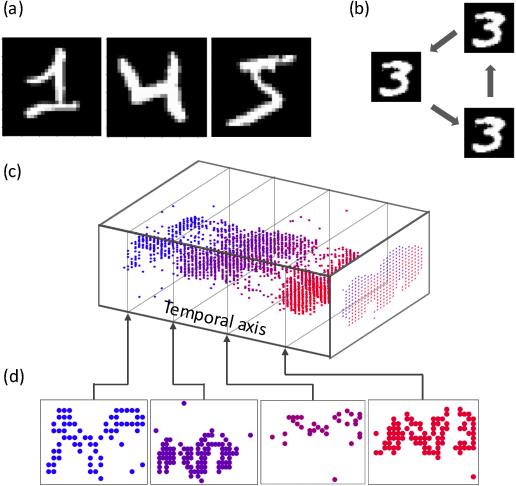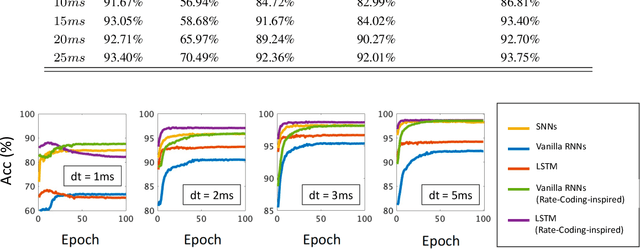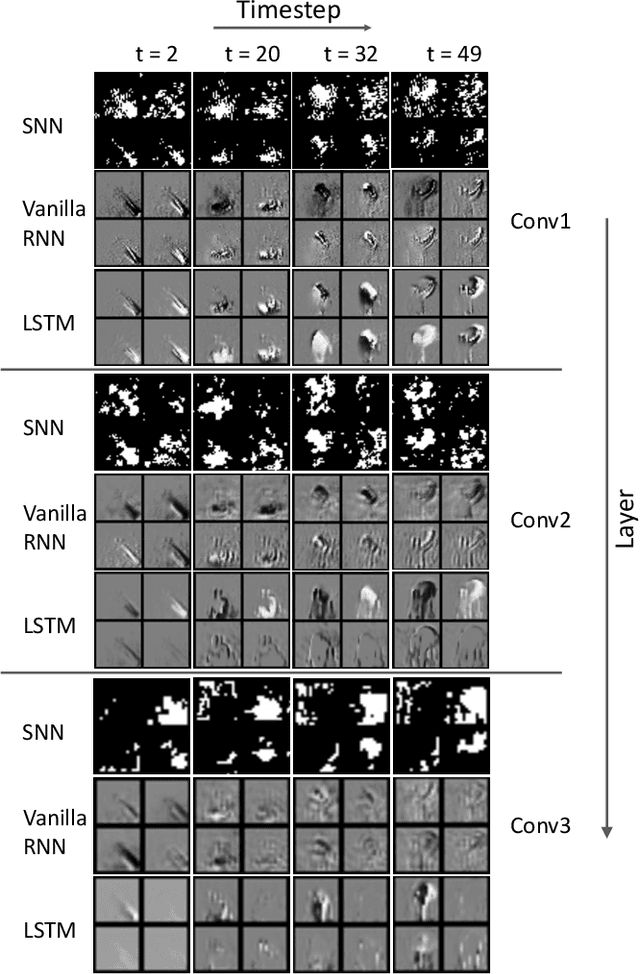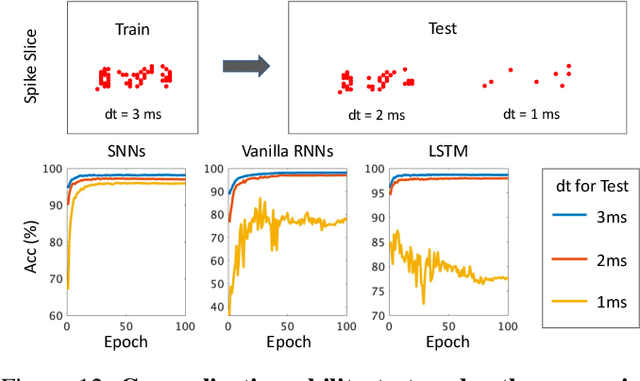YuJie Wu
Hierarchical Vector Quantized Transformer for Multi-class Unsupervised Anomaly Detection
Oct 22, 2023



Abstract:Unsupervised image Anomaly Detection (UAD) aims to learn robust and discriminative representations of normal samples. While separate solutions per class endow expensive computation and limited generalizability, this paper focuses on building a unified framework for multiple classes. Under such a challenging setting, popular reconstruction-based networks with continuous latent representation assumption always suffer from the "identical shortcut" issue, where both normal and abnormal samples can be well recovered and difficult to distinguish. To address this pivotal issue, we propose a hierarchical vector quantized prototype-oriented Transformer under a probabilistic framework. First, instead of learning the continuous representations, we preserve the typical normal patterns as discrete iconic prototypes, and confirm the importance of Vector Quantization in preventing the model from falling into the shortcut. The vector quantized iconic prototype is integrated into the Transformer for reconstruction, such that the abnormal data point is flipped to a normal data point.Second, we investigate an exquisite hierarchical framework to relieve the codebook collapse issue and replenish frail normal patterns. Third, a prototype-oriented optimal transport method is proposed to better regulate the prototypes and hierarchically evaluate the abnormal score. By evaluating on MVTec-AD and VisA datasets, our model surpasses the state-of-the-art alternatives and possesses good interpretability. The code is available at https://github.com/RuiyingLu/HVQ-Trans.
Comparing SNNs and RNNs on Neuromorphic Vision Datasets: Similarities and Differences
May 02, 2020



Abstract:Neuromorphic data, recording frameless spike events, have attracted considerable attention for the spatiotemporal information components and the event-driven processing fashion. Spiking neural networks (SNNs) represent a family of event-driven models with spatiotemporal dynamics for neuromorphic computing, which are widely benchmarked on neuromorphic data. Interestingly, researchers in the machine learning community can argue that recurrent (artificial) neural networks (RNNs) also have the capability to extract spatiotemporal features although they are not event-driven. Thus, the question of "what will happen if we benchmark these two kinds of models together on neuromorphic data" comes out but remains unclear. In this work, we make a systematic study to compare SNNs and RNNs on neuromorphic data, taking the vision datasets as a case study. First, we identify the similarities and differences between SNNs and RNNs (including the vanilla RNNs and LSTM) from the modeling and learning perspectives. To improve comparability and fairness, we unify the supervised learning algorithm based on backpropagation through time (BPTT), the loss function exploiting the outputs at all timesteps, the network structure with stacked fully-connected or convolutional layers, and the hyper-parameters during training. Especially, given the mainstream loss function used in RNNs, we modify it inspired by the rate coding scheme to approach that of SNNs. Furthermore, we tune the temporal resolution of datasets to test model robustness and generalization. At last, a series of contrast experiments are conducted on two types of neuromorphic datasets: DVS-converted (N-MNIST) and DVS-captured (DVS Gesture).
 Add to Chrome
Add to Chrome Add to Firefox
Add to Firefox Add to Edge
Add to Edge